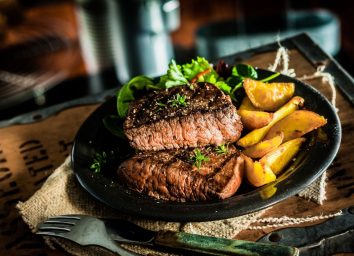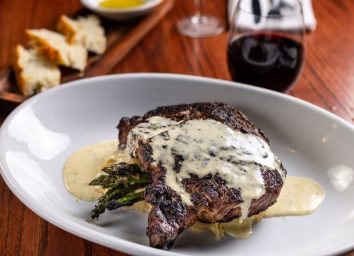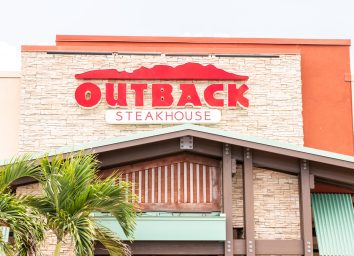9 Secrets Steakhouses Don’t Want You to Know
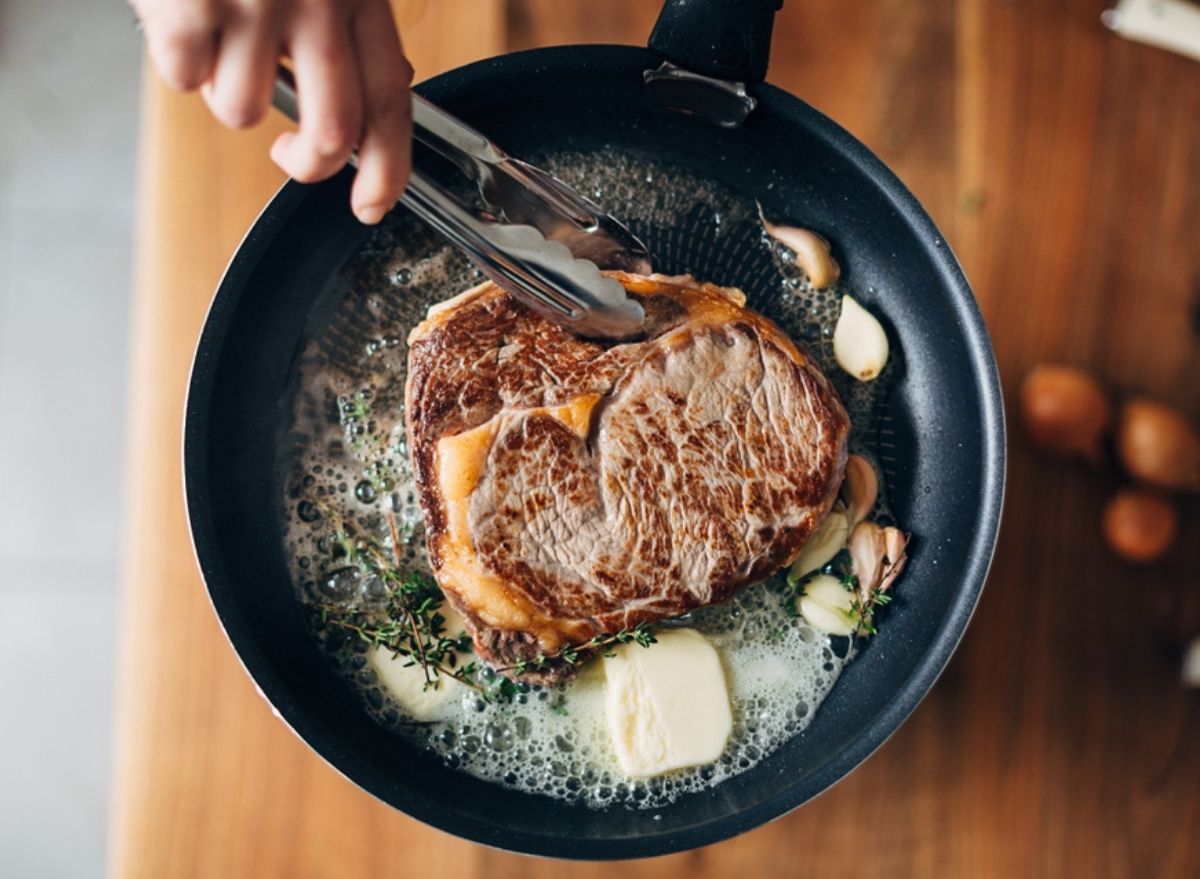
Having dinner at a steakhouse is a treat, no bones about it. Whether it’s for a high-powered business meeting or to celebrate a birthday or anniversary, the meal you’ll get at a steakhouse may be the best thing you eat all year. But that’s only true in terms of taste, your glamorous steakhouse experience may have some secrets you aren’t aware of.
In terms of cost, a steakhouse dinner can leave you feeling like your bank account got a bit overcooked. In terms of fat and salt, a steakhouse dinner can be even less healthy than you’d imagine. And as for what’s on your plate, even if it tastes pretty darn good, it may not be what you thought you’d get (or what you’re paying for) in terms of origin, quality, or handling. Here are eight things steakhouses don’t want you to know about this so-called premium experience.
A better steak “grade” doesn’t mean better flavor.
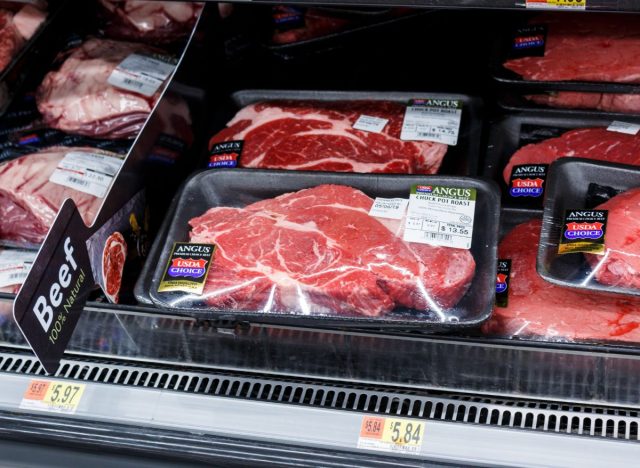
A steak’s grade—USDA Prime, Choice, or Select—doesn’t always mean great flavor. When we asked butchers to explain steak grades, they agreed that a steak grade doesn’t necessarily mean that a steak is any better. The grade on the steak doesn’t have anything to do with the flavor, it merely rates the internal marbling, the size of the eye, and the fat cap on the cut of meat. The best thing to do when deciding on a steakhouse is to research where the steak came from.
The secret ingredient is butter.
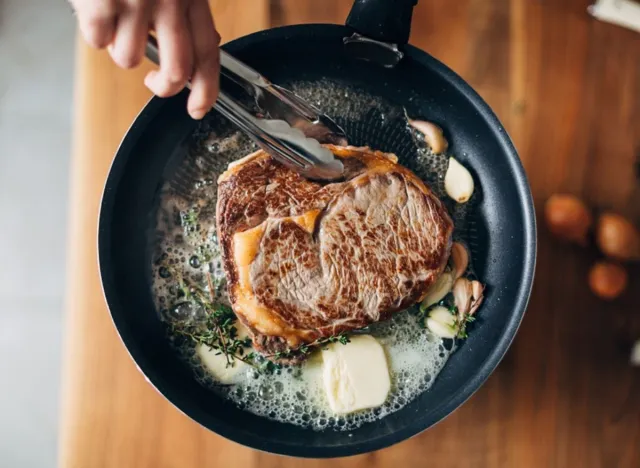
According to a professional chef who spoke to Taste of Home, steakhouses use lots of butter in their cooking, often slathering it over pieces of meat even when the use of butter is not indicated anywhere on the menu. Butter—especially clarified butter—can add taste and even improve the glossy look of a cooked steak.
If you order a steak well-done, you may get inferior beef.
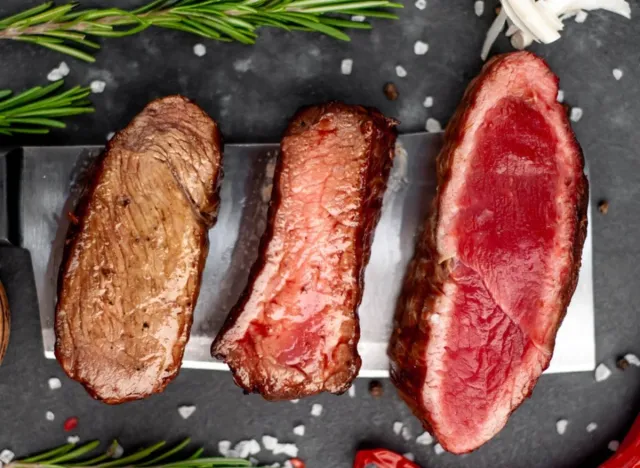
Never mind the age-old debate about the right or wrong degree to which a steak should be cooked: if you like it rare, then rare is what’s best for you, and if you like it well done, then that’s how it should be. But according to employees of major steakhouse chain Outback, often customers who ask for a steak cooked well done are given a lower quality piece of meat.
Most steaks are broiled, not grilled
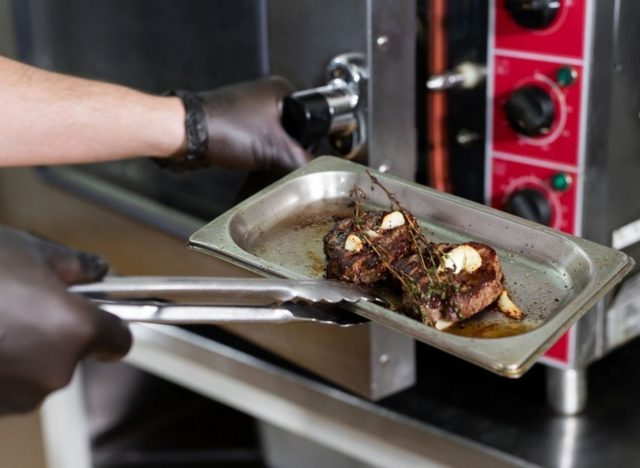
You might be accustomed to those beautiful “grill” marks on your steakhouse steak, but in almost every case, that steak was not cooked on a grill, but under a broiler, via The Daily Meal. Most steakhouses use powerful infrared broilers that can achieve heats more than double that of a home oven, quickly cooking steaks in large batches.
You can’t always trust the term “dry-aged.”
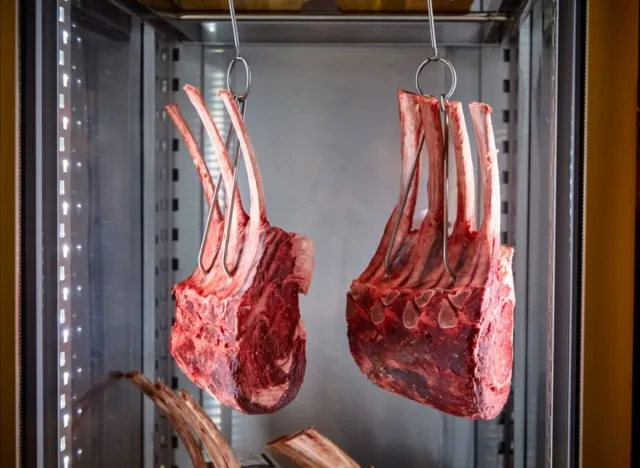
Done properly, dry aging a steak can add depth and complexity to the flavor of the meat, a process that can take weeks and requires close monitoring for purposes of food safety. But according to TIME, the term is also often applied to meats that have simply been stored for a little while, and often in a refrigerator, not a proper aging room. In these cases, it’s all about a marketing gimmick, not at all about taste and quality.
Wet again, a cheaper and less time-consuming process refers to meat vacuum sealed and aged in its own juices.
The other secret ingredient is salt, lots of it.
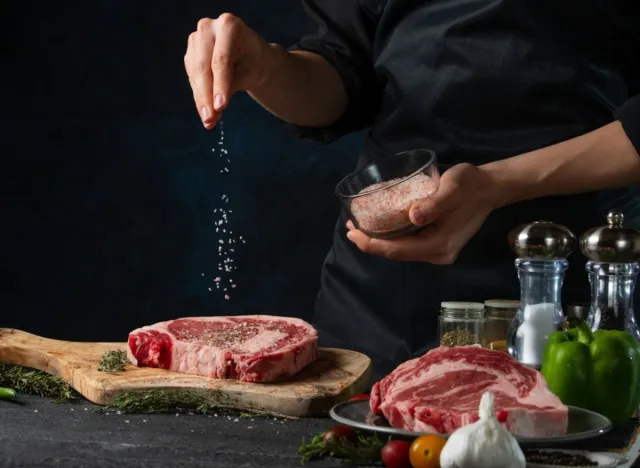
A professional chef told Taste of Home that customers “might be shocked at how much salt we use” when seasoning steaks. A hefty layer of the stuff is routinely added to cuts of meat, with restaurants using much more salt than a home chef would ever think to. Or want to, because of health.
Steakhouse markups are huge
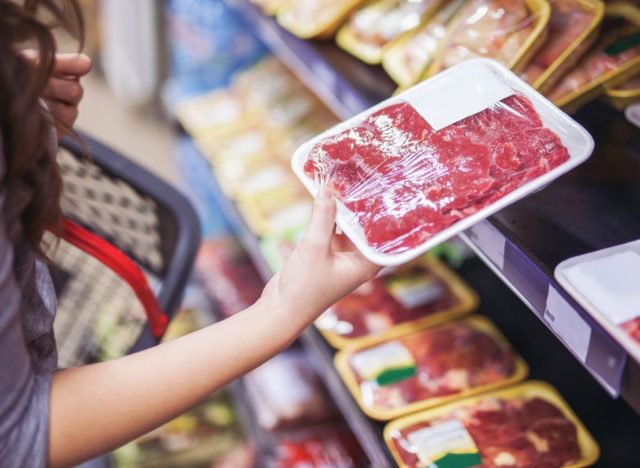
A steakhouse usually pays about 30% of what a consumer is charged for a steak for the meat itself, according to CBS Minnesota. That means if you paid $55 for a good New York strip steak, the restaurant paid less than $17 for the meat. That said, there is a lot of work that goes into transforming that raw beef into a perfect entrée, so a markup is to be expected, though your costs being triple the house’s price might still rankle.
Much of the Kobe beef sold in America is fake.
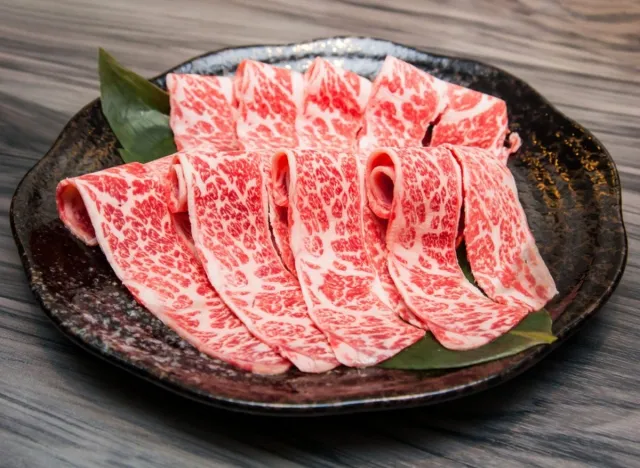
According to a Grillaholics article published in Medium, only a handful of restaurants in America—fewer than 20—serve legitimate Kobe beef, meaning beef that is raised in and imported from Kobe, Japan. In most cases, you will be served a steak sourced from a hybrid Wagyu/Angus herd.
Bone-in steaks add cost, not flavor.
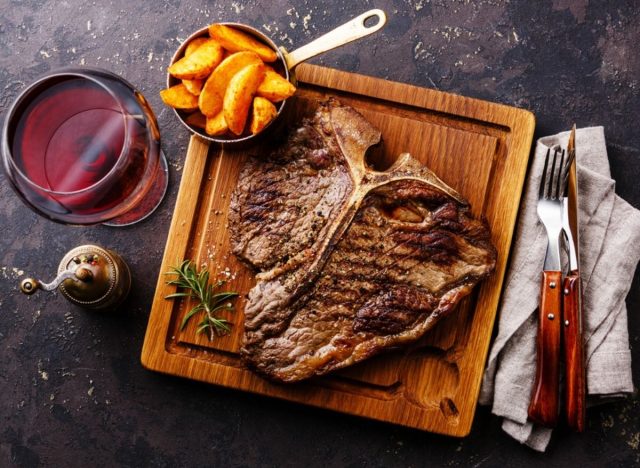
There’s a common perception that bone-in steaks taste better, with the bone imparting flavor and tenderness during the cooking process. But that’s simply not the case, via Grillaholics. That bone adds weight to the steak, which lets the restaurant charge more, but in truth, it does little to nothing for the way the steak tastes.
A previous version of this article was originally published on Apr 15. 2022.
